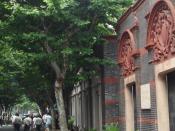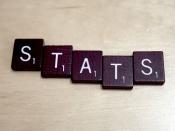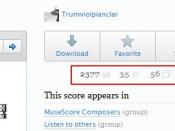For many years now, people have been using statistics to present data to the masses who then took these numbers for granted and believed it without any further inquiry. But what are such statistics really? Professor John Deere says "Statistics is a way to get useful information from raw data" I here must emphasize on the word "useful" for different things are useful to different people,; it is just like me saying, "it is hot in here." Such a statement is only speaking for the one who said it. This by it self can trigger an illusion to the one that hears it. It forces a man to see a thing in the way that I want him to see it. Statistics work in the same way, by wording a question differently or even merely changing the tune of your voice when you ask the question or give the results and thus changes the outcome of what the audiences get out of the survey.
In this essay I will intend to explore how statistics can be used or misused in different areas of knowledge to assist and mislead us. I will then try to clarify how we can evaluate the statistical evidence that is presented to us, by providing examples of problems that are caused by misunderstandings of statistical information.
History:
Statistics are very commonly used to distort our views on Historical events. Governments use statistics religiously to get the loyalty of its people. Using China's "Great Leap Forward" for example, according to a Maoist article. "Western scholars have estimated that between 16.4 million and 29.5 million people died in the Great Leap Forward. (1) It is a common argument that this was due to executions ordered by Mao and the Chinese Communist Party. People who know a little...



Use of Stats.
Apt Examples used.
Can also incorporate that stats are objective. they should be accepted on face value. Subjective part and their interpretation demands scrutiny.
You can also talk about assessing the objective and empirical estimations and calculations.
Overall nice attempt.
2 out of 3 people found this comment useful.